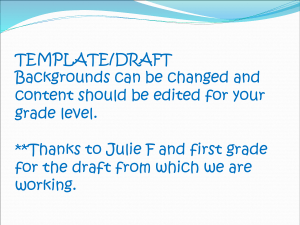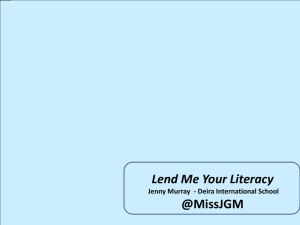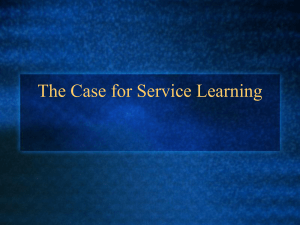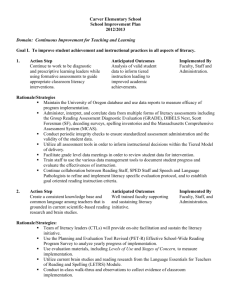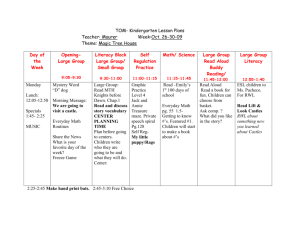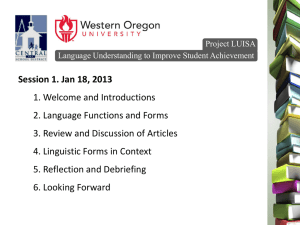When Kids Resist Writing, How Can a Parent Help?
advertisement
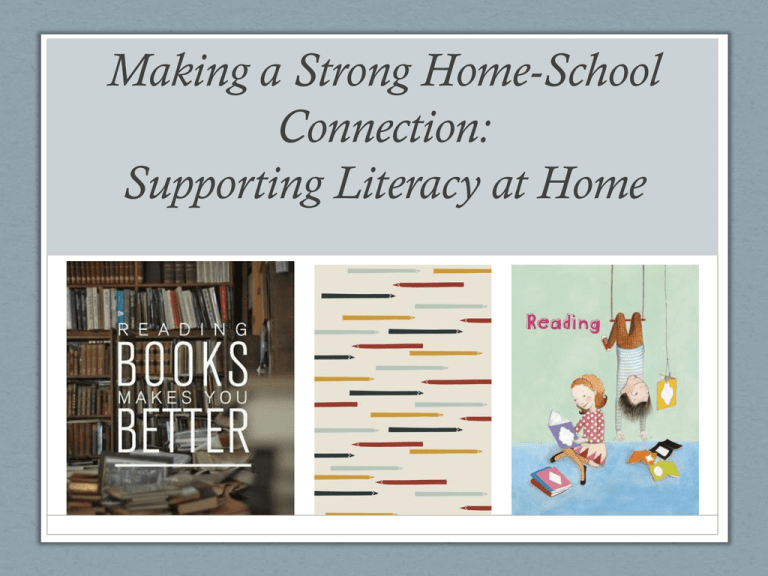
Making a Strong Home-School Connection: Supporting Literacy at Home In school… • Children read everyday • And they can read everyday at home too!! • Children write everyday • And they can write everyday at home too!! • Children are read to everyday • And they could be read to everyday at home too! • Children talk everyday • And they can talk everyday at home too!! Workshop Structure: Reading in School • Independent Reading: Children read on their own (just right books) • Read Aloud: Teacher reads to children • Shared Reading: Teacher and children read together • Partner Reading: Children read to and with other children As Readers We Work On… • Reading identity and purpose • Reading habits • Making time and space; planning • Decoding strategies • Fluent reading • Thinking about what we read; building ideas • Sharing with others Writing in School • Independent Writing: Children write on their own (topics, ideas) • Shared Writing: Teacher and children write together (teacher holds the pen, children think and talk) • Interactive Writing: Children and teacher compose together (work on sentence structure, spelling, punctuation) As Writers We Work On… • Developing personal ideas and topics • Writing Process – generate, plan, draft, revise, edit • Purpose, Structure and Focus, Development, Voice, Word Choice, Conventions • Stages of Writing Development Cambourne’s Conditions for Literacy Learning • Immersion – Be a part of it. • Demonstration – Watch. • Engagement – Try it out! • Expectation – You can! • Responsibility – How will…? • Approximation – Great try! • Use – Let’s do it! • Response – I’m with you! Immersion • Children need to be surrounded by interesting, high-quality children’s books and different kinds of text (e.g. charts, labels, newspapers, magazines). • Read aloud every day. • Sing to them. • Play word games with them. • Use movement and dance to generate engagement in language, literacy, and stories. Demonstration • Model reading and writing for children. • Let them see you writing notes, letters, stories, recipes, and lists. • Make sure they notice you reading to yourself, for pleasure, for information, for directions, and for other purposes. • Show them how to hold a book, turn the pages, and read aloud. Engagement • Help children become active learners who see themselves as potential readers and writers. • Set up a risk-free environment so they can experiment with language and literacy. • Provide easy access to paper, pencils, crayons, markers, books, and other literacy materials. Expectation • Set realistic expectations for language and literacy development. • Become familiar with the developmental stages of emergent literacy, and support children in appropriate tasks. • Expect that they will become accomplished readers and writers in their own time. Responsibility • Give children choices about books to read. • Set up the environment to promote selfdirection. • Provide easy access to books and literacy materials on low shelves and in baskets and show children how to take care of them. Approximation • Accept children’s mistakes when they are learning to talk, read, and write. • Congratulate them on their accomplishments. • Guide them gently into accuracy and soon they will begin to self-correct. Use • Create a climate for functional and meaningful uses of oral and written language. • Encourage children to read along with you; help you write notes, letters, and lists. • Engage in lots of conversations. Response • Listen to children. • Welcome their comments and questions. • Help them extend their use of oral and written language. • Celebrate the enormous language and literacy learning that is occurring daily! Thank You!
